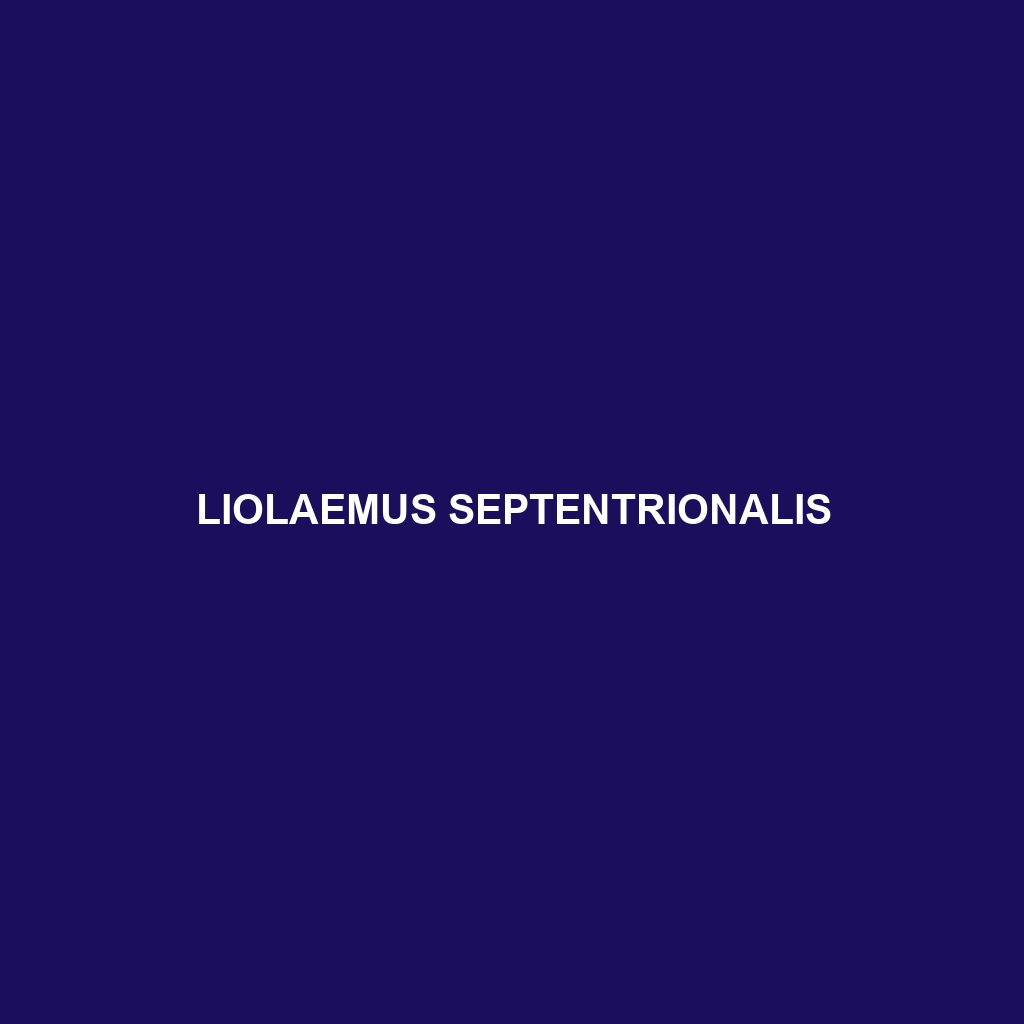Discover the unique Liolaemus wari, a captivating lizard from the southern Andes, thriving in diverse habitats such as temperate forests and rocky outcrops. With its stunning color variations and agile behaviors, this insectivorous species plays a vital role in maintaining ecosystem balance while showcasing intriguing social interactions and reproductive strategies.
Tag: Chile lizards
Liolaemus thomasi
<p><b>Liolaemus thomasi</b>, also known as Thomas's Liolaemus, is a small lizard endemic to the temperate forests and grasslands of southern South America, measuring 10 to 15 cm and exhibiting olive green to brown coloration with darker spots for effective camouflage. Diurnal and primarily insectivorous, these lizards play a crucial role in their ecosystem by controlling insect populations while facing potential threats from habitat loss and climate change.</p>
Liolaemus signifer
The Liolaemus signifer, or Signifer Lizard, is a resilient species thriving in South America's temperate forests and shrublands, characterized by its slender body, smooth scales, and adaptability to various climates. As an insectivore playing a vital role in its ecosystem, it regulates pest populations and contributes to nutrient cycling within its habitat.
Liolaemus septentrionalis
<p><b>Liolaemus septentrionalis</b> is a medium-sized lizard native to the arid regions of northern Chile, particularly the Atacama Desert. Known for its vibrant coloration and adaptability to extreme temperatures, this insectivorous species plays a vital role in controlling insect populations while thriving in rocky terrains and limited vegetation.</p>
Liolaemus pseudolemniscatus
<p><b>Liolaemus pseudolemniscatus</b> is a slender, vibrant lizard found in the temperate forests and shrublands of Chile and Argentina, known for its striking coloration and unique behaviors. This insectivorous species thrives in diverse habitats, playing a crucial role in maintaining ecological balance as both predator and prey.</p>
Liolaemus pacha
Discover the resilient Liolaemus pacha, a unique lizard native to the high-altitude Andes of northern Chile and Argentina, known for its vibrant coloration and intricate patterns that provide excellent camouflage. This insectivorous species exhibits fascinating behaviors, including diurnal basking and tail autonomy for predator avoidance, making it a remarkable subject of ecological study.
Liolaemus lineomaculatus
Liolaemus lineomaculatus, known for its striking earthy tones and unique light spot patterns, is a medium-sized lizard native to the temperate forests and shrublands of southern South America. This diurnal insectivore is an agile climber, playing a crucial role in controlling insect populations and contributing to ecosystem balance.
Liolaemus kulinko
<p><b>Liolaemus kulinko</b> is a striking lizard native to the temperate forests and shrublands of South America, characterized by its elongated body, variable colors, and intricate scale patterns. Primarily insectivorous, this diurnal species plays a vital role in controlling insect populations and contributes to the ecological balance of its habitat.</p>
Liolaemus halonastes
Discover the captivating <b>Liolaemus halonastes</b>, a distinctive lizard species from southern Argentina and Chile, known for its striking coloration and adaptability in temperate forests and shrublands. This insectivore plays a vital role in its ecosystem, controlling insect populations while exhibiting fascinating social behaviors and reproductive traits.
Liolaemus gununakuna
Discover the Liolaemus gununakuna, commonly known as the Gununakuna lizard, a vibrant insectivore native to the temperate forests, savannas, and rocky outcrops of Chile and Argentina, noted for its striking colors and adaptability in diverse habitats. With a length of 15 to 20 centimeters, this lizard plays a crucial role in controlling insect populations while serving as prey for larger predators, emphasizing the importance of its conservation.









